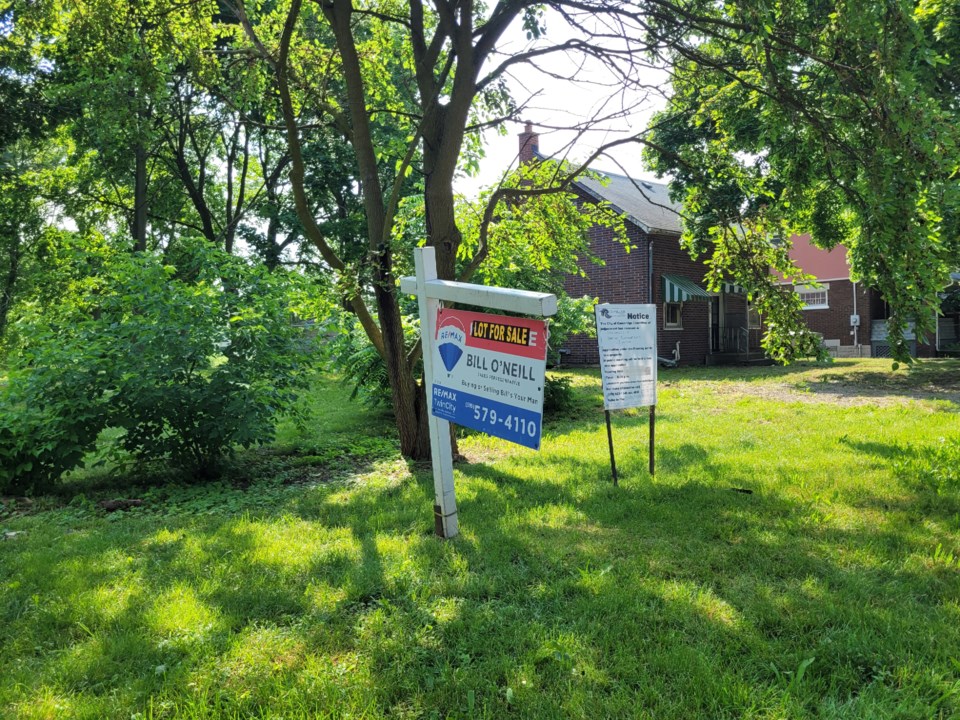Another development proposal refused at the city level has been approved at the Ontario Land Tribunal, this time allowing four existing lots to be divided into six to accommodate at least six single-family units between Middle Street and Melrose Street in Preston.
The developer appealed to the OLT last fall after the city's committee of adjustment refused a minor variance application for the severance.
The City of Cambridge then opted not to participate in the appeal, leaving a neighbour on her own to air concerns on behalf of the neighbourhood.
Those concerns included a "significant increase" in traffic, parking issues on the narrow street and architecture out of character with the surrounding homes, many of which are mid-19th century.
But they were "given no weight" in light of the applicant's argument that the "gentle density" proposal meets the general intent of the city and region's official plans, the purpose of city zoning bylaws and what the OLT adjudicator determined is an appropriate use of land.
Planner Scott Patterson spoke on behalf of the developer and asked that the city's request for an archaeological study be dismissed because the city provided no rationale for it.
The lots were once part of a farm property.
He recounted that in 2021, the landowner successfully severed two lots fronting Middle and Melrose streets, resulting in four lots to create the addresses 359 and 381 Middle Street, and 364 and 368 Melrose Street.
Patterson also emphasized that the lots fully complied with the city's “R5” zoning regulations.
He concluded the creation of the two new lots proposed in the latest project "reflects context-sensitive intensification and infill development" that "collectively satisfy redevelopment policies" and aligns with a 2020 provincial policy statement promoting intensification.
Located in the built-up area described in the city's and region's official plans, Patterson described how the land satisfied both policies by proposing a growth of 6.8 units per gross hectare, which satisfies the direction of a maximum of 40 units/gross hectare.
Patterson testified that the resulting lot areas will each allow for the development of a single, detached one family dwelling, in accordance with the permitted uses of the “R5” zone.
He argued that broad public interest is protected because additional housing is proposed on lots within established density parameters, and the predominant pattern of existing development is maintained.
The OLT adjudicator was satisfied the proposal met all relevant requirements and said approval of the severance "is in the public interest, because it results in the creation of six single family homes" on a site that is appropriate for intensification.



